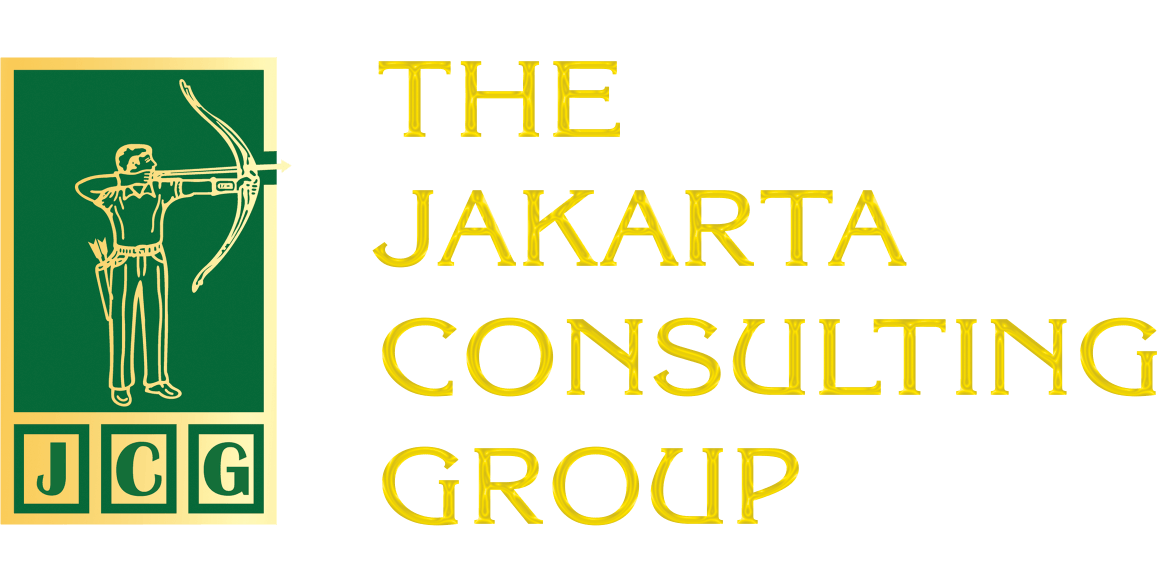In this age of digital and social media, the workplace is not only about targets and achievements, but also filled with popular contemporary terms. From “feedback culture”, to “burnout”, to “healing”-these words are suddenly commonplace in everyday office conversations. On one hand, these terms reflect the new dynamics and aspirations of today’s generation of workers. But on the other hand, these jargons can easily be oversimplified, misinterpreted, or even manipulated, depending on the perspective of the person using them.
In fact, there are many jargons heard in the workplace. However, this article will only discuss the three terms above as examples for ease of understanding.
Behind the Feedback Culture Jargon: Advice or Attack?
Let’s start with feedback culture. Feedback culture is often hailed as a hallmark of the modern workplace. Feedback is supposed to be a healthy, transparent and constructive learning tool. However, it’s not that easy in practice. In many companies, the ideal feedback culture has turned into a “judging culture”. Bosses feel entitled to give “honest criticism” that is actually more like accusations without empathy and without understanding the context.
Different perspectives play an important role in this. A power-oriented leader may see feedback as a right to judge and justify his or her opinions. While for employees, feedback often feels like an attack that erodes their sense of security and self-worth.
Even in the annual evaluation or performance review process, the term “feedback” is often used as a shield to convey one-sided complaints or personal assumptions. When its structure and approach are unclear, the “feedback culture” in the modern workplace can turn into a legitimizing tool to tear down rather than build up.
Burnout: Exhaustion or Indulgence?

“Burnout” is often used to describe extreme fatigue that results in decreased productivity and morale. The term is increasingly popular among younger workers, especially millennials and Gen Z, who are more open in talking about mental health issues.
However, many senior managers see burnout as a sign of a lack of resilience or even a form of indulgence. This view is often rooted in the experiences of previous generations who were accustomed to a culture of hard work, a stressful workplace and a lack of emotional support.
Herein lies the problem. When someone complains of fatigue as a symptom of burnout, the response in the workplace can vary widely – from supportive psychological approaches to cynical responses that dismiss it as an excuse to avoid responsibility.
Such polarization widens the gap between generations, between humane and productivity-focused approaches. In fact, burnout should be an automatic warning sign that prompts a thorough evaluation of work culture, not just a stigma imposed on individuals.
Healing: Recovery Solution or Escape?
The word “healing” is increasingly heard in workplace discussions, symbolizing recovery from psychological distress. Initially popular in the personal realm, the term is now making its way into the professional sphere. Many employees claim to need some “healing” time after experiencing a toxic work environment, conflict with their boss, or trauma due to company restructuring.
However, healing can be a double-edged knife. In a results-oriented workplace, this need is often perceived as a form of avoidance or slow adaptation. While in progressive organizations, healing is seen as a key step to improving employee well-being and long-term performance sustainability.
So, the fundamental question is: who is this healing for, who is responsible for it, and how much room does the company give for it? This is where it is important to separate the popular trends from the real applications that really have an impact on all lines of the organization.
Between Meaning and Manipulation: The Two Faces of Jargon in the Workplace

Jargon in the workplace is like a double-edged knife. On the one hand, it helps us give names to complex psychological and social dynamics. But on the other hand, jargon can turn into a tool of manipulation. It’s depending on the intentions and interests of its users.
For example, when a leader says, “We have a feedback culture,” it doesn’t necessarily mean that he or she is actually opening up space for dialog. The same goes for an employee who claims to be “burnt out”-it could be that he or she is simply unhappy with his or her job. Without a deeper understanding, jargon only becomes a “language box” that narrows meaning while obscuring reality.
Perspective: The Key to Understanding Jargon
The way management and employees interpret jargon in the workplace is often different. If not bridged by healthy communication, these differences can lead to tension. One term may be perceived as progress by one party, but a burden by another.
For example, when a company announces, “We will prioritize healing and well-being.” Some employees may interpret it as a sign that performance evaluations will be postponed. But for those who are under stress, the jargon is a ray of hope.
Therefore, organizations must realize that words are not just communication tools, but also reality-shapers. If misinterpreted or narrowed in meaning, jargon can actually kill empathy and erode trust.
#jargon in the workplace #current #modern work culture #feedback culture #burnout #healing #judging culture #performance review #polarization #manipulation #mental health
Related Posts:
Balancing Corporate Culture: Beetwen Competition and Collaboration
Organizational Culture Clashes in Mergers and Acquisitions
Mengikis Stigma Negatif Mudah Gagal, Belajar Lebih Cepat
Pros & Cons : Sabbatical Leave di Perusahaan Swasta
Gamifikasi sebagai Alat untuk Membangun Budaya Perusahaan yang Dinamis











